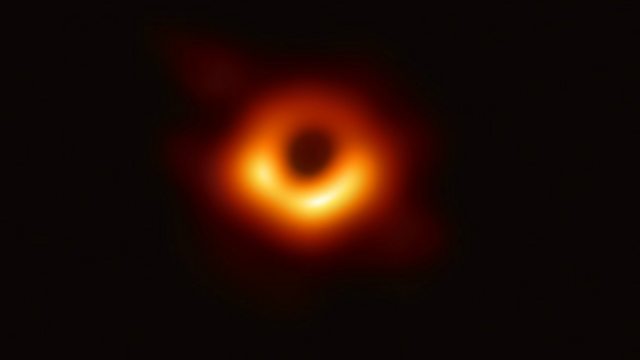Black Holes: The heart of darkness
The first EVER picture of a Black Hole has been captured by the Event Horizon Telescope. The picture shows a bright ring of fire surrounding a circular dark hole.
The first EVER picture of a Black Hole has been captured by a network of telescopes, known as the Event Horizon Telescope (EHT). The picture shows a bright ring of fire surrounding a circular dark hole. The Black Hole has been described as a “monster” and is located in the M87 galaxy, 500 million trillion miles from Earth. As remarkable and spectacular as the picture is, it also provides scientists and researchers valuable scientific information about these behemoths of the universe.
A team from the National Natural History Museum in Paris and the University of the Philippines have discovered bone fragments which are thought to belong to a new species of hominid, which they have called the Homo Luzonensis. These fossils provide sufficient evidence of a new species of hominin, who lived on the island of Luzon in the Philippines prior to 50,000 years ago.
Wandering interstellar worlds like Oumuamua may help form planets. Some of these huge objects, which can be as large as skyscrapers and even cities, drift through every cubic parsec of space between the stars. Once these emerging systems become part of new stellar systems, interstellar objects could accelerate the growth of new planets.
Picture: First ever image of a black hole. Courtesy of the Event Horizon Telescope.
Presenter: Roland Pease
Producer: Jack Meegan-Vickers
Last on
More episodes
Previous
Next
Broadcasts
- Thu 11 Apr 2019 19:32GMT91�ȱ� World Service except South Asia
- Fri 12 Apr 2019 04:32GMT91�ȱ� World Service Online, UK DAB/Freeview, News Internet & Europe and the Middle East only
- Fri 12 Apr 2019 05:32GMT91�ȱ� World Service Australasia, Americas and the Caribbean & South Asia only
- Fri 12 Apr 2019 06:32GMT91�ȱ� World Service East and Southern Africa & East Asia only
- Fri 12 Apr 2019 10:32GMT91�ȱ� World Service West and Central Africa
- Fri 12 Apr 2019 13:32GMT91�ȱ� World Service Australasia
- Fri 12 Apr 2019 17:32GMT91�ȱ� World Service South Asia
- Mon 15 Apr 2019 00:32GMT91�ȱ� World Service
Podcast
-
![]()
Science In Action
The 91�ȱ� brings you all the week's science news.


